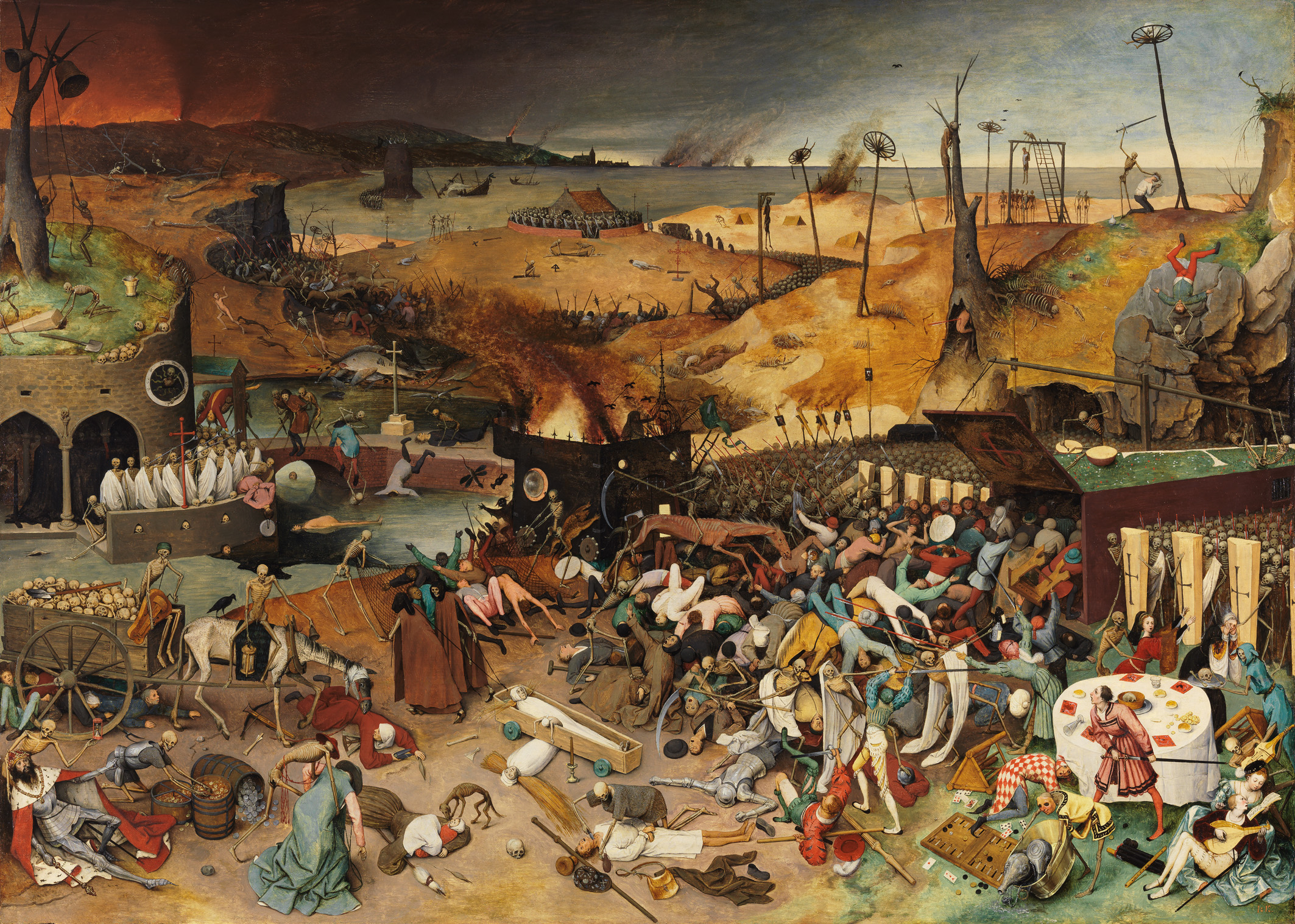Why Use Open Images?
Learning Objectives
By the end of this chapter, you will be able to
- Give reasons to include images in your schoolwork and creative works.
- Explain why copyright prohibits you from using any image you want.
Including images in your work is a way to provide information. You might include a photograph of the subject of a biography to show what the person looked like. You might include illustrations along with the text when explaining how to do something. You might include maps to help your audience follow a narrative about a voyage.
Including images in your work is also a way to influence your audience emotionally or grab their attention. Including an image of The Triumph of Death by Pieter Bruegel the Elder at the beginning of a presentation on the Black Death, for example, would almost certainly grab the attention of an audience!

The emotional impact of this image isn’t merely sensational. The image also provides information, suggesting that the fear and instability caused by a fourteenth-century plague still animated the imagination of a sixteenth-century artist. It’s just one example of the many layers of meaning that images can bring to your work.
Because of copyright, not all images are legally available for your use. Copyright is the area of law that limits how others may access and use the original works of authors or creators[1], including photographs, drawings, paintings, and other kinds of images.
Fortunately, some creators give permission to allow others to reuse and even adapt their images (and other works). These creators use Creative Commons licenses and other open licenses to grant this permission. Additionally, many images are part of the public domain. Images in the public domain are (by definition) not under copyright.
How can you find these images, and how can you use them? This guide will tell you how. In this first part of the guide, we’ll go over some of the basics of copyright and Creative Commons licenses so that you have a framework for understanding how to use openly licensed images.
- This definition is from 2.1 Copyright Basics by Creative Commons, licensed CC BY 4.0. ↵
